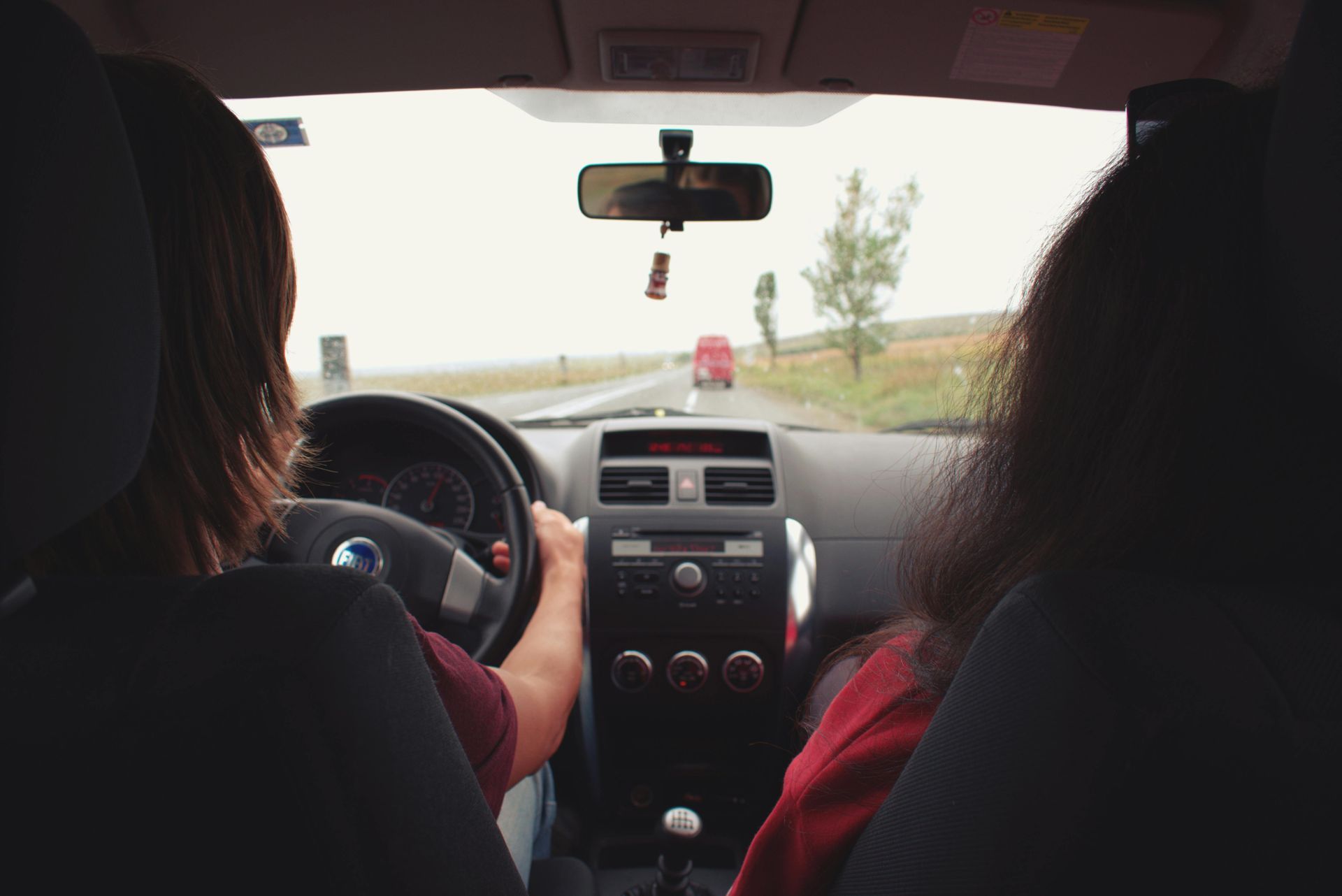California Driver's License Guide: Get Started with CIS Driving School Support"
marc beasley • May 1, 2024
“The first milestone on the road to getting your California driver’s license (DL) is to obtain your provisional instruction permit, sometimes called a “learner’s permit.” This is for people who are learning to drive and working on the requirements to get a DL.
Help improve the way California drivers get a license. Download the new mobile DMV TestBuddy App!
To apply for a California Instruction Permit (under age 18), you must:
Be at least 15 ½ but under 18.
Have a Certificate of Completion/Enrollment of Driver Education.
Complete the California Driver’s License or ID Card Application.
Have a parent(s)/guardian(s) sign the application.
Visit a DMV office (schedule an appointment), where you will:
Bring your California Identification Card or proof of identity and residency. (Federal Noncompliant/REAL ID/AB60)
Pay the application fee.
Pass a vision exam.
Take a photo.
Take the knowledge test(s). There are multiple choice questions based on the California Driver’s Handbook, and a passing score is 80%.
Please refer to Provisional Licensing for additional information; https://www.dmv.ca.gov/portal/driver-licenses-identification-cards/instruction-permits/#:~:text=The%20first%20milestone,for%20additional%20information.
For additional support and resources in your journey to obtaining a California driver’s license, consider checking out CIS Driving School. They offer valuable assistance and guidance to help you become a confident and responsible driver.”
You might also like

1. Read the DMV Handbook Online https://www.dmv.ca.gov/portal/driver-handbooks/ 2. Watch YouTube Videos & Take Practice Tests Search: CIS Driving School Gardena 3. Receive Your Completion Certificate 4. Make Your Payment 5. Start Behind-the-Wheel Driver’s Training 6. Schedule & Take Your DMV Drive Test

Getting your driver’s license can be an exciting process, but also one that requires a lot of preparation and responsibility. The process varies slightly depending on where you live, but generally, these are the steps: Understand your State’s Requirements: Every state has its own set of rules and regulations for getting a driver’s license, especially for new drivers under the age of 18. The specifics can usually be found on your local DMV website. Take a Driver’s Education Course: Most states require teens to take a driver’s education course. These classes provide necessary knowledge about traffic rules, driver’s safety, and operating a vehicle. It often includes both classroom (or online) learning and driving practice. You can consider enrolling in a reputable driving school like CIS Driving School to get professional instruction. Apply for a Learner’s Permit: Usually, at the age of 15 or 16, teens can apply for a learner’s permit. This typically involves passing a written test based on your state’s driving manual. With a learner’s permit, you can practice driving, but usually under certain restrictions (such as having an adult present in the vehicle). Practice Driving: With your learner’s permit, spend plenty of time practicing driving. The more practice you get, the better driver you will be. Some states require a certain amount of practice hours before you can apply for a driver’s license. Take the Driving Test: After you’ve practiced driving and you’re confident in your skills, you can schedule your driving test at the DMV. The driving test usually includes a vision test, a written test (if not previously taken for your permit), and a practical driving test where you will drive with an instructor and be scored based on your abilities. Apply for Your License: Once you’ve passed the driving test, you can apply for your license. This usually requires paying a fee, and may include other requirements such as providing proof of insurance. Remember, getting your driver’s license comes with a great deal of responsibility. Always obey the rules of the road and be a safe, cautious driver.

